
Little Spotted Kiwi
Apteryx owenii
Also known as: Pukupuku


Apteryx owenii
Also known as: Pukupuku

The Little spotted kiwi is a small, flightless bird native to New Zealand. About the size of a bantam chicken, this nocturnal creature has a distinctive round body, long beak, and shaggy, pale-mottled grey feathers. It's the smallest of the five kiwi species found in New Zealand.
1. Small size (smallest kiwi species) with round, tailless body
2. Light brownish-grey feathers with distinctive white spotting or banding
3. Long, pale bill and short, pale legs
Little spotted kiwi are monogamous, often mating for life. They nest in burrows or hollow logs, with males incubating the eggs. These birds are highly territorial and will defend their areas vigorously. Their poor eyesight is compensated by an excellent sense of smell, which they use to locate food in the soil.
Look for Little spotted kiwi on predator-free offshore islands and in mainland sanctuaries with pest-exclusion fences. They're active at night, so dusk and dawn are the best times to spot them. Search for them on the forest floor, in dense vegetation, or near hollow logs. Listen for their distinctive calls – males give high-pitched ascending whistles, while females have a lower-pitched warbling whistle.
Once widespread across New Zealand, little spotted kiwi nearly vanished from the mainland due to predation. A small population introduced to Kapiti Island in 1912 became the foundation for conservation efforts. These birds are now symbols of New Zealand's unique wildlife and ongoing conservation successes.
40 cm
1250 g
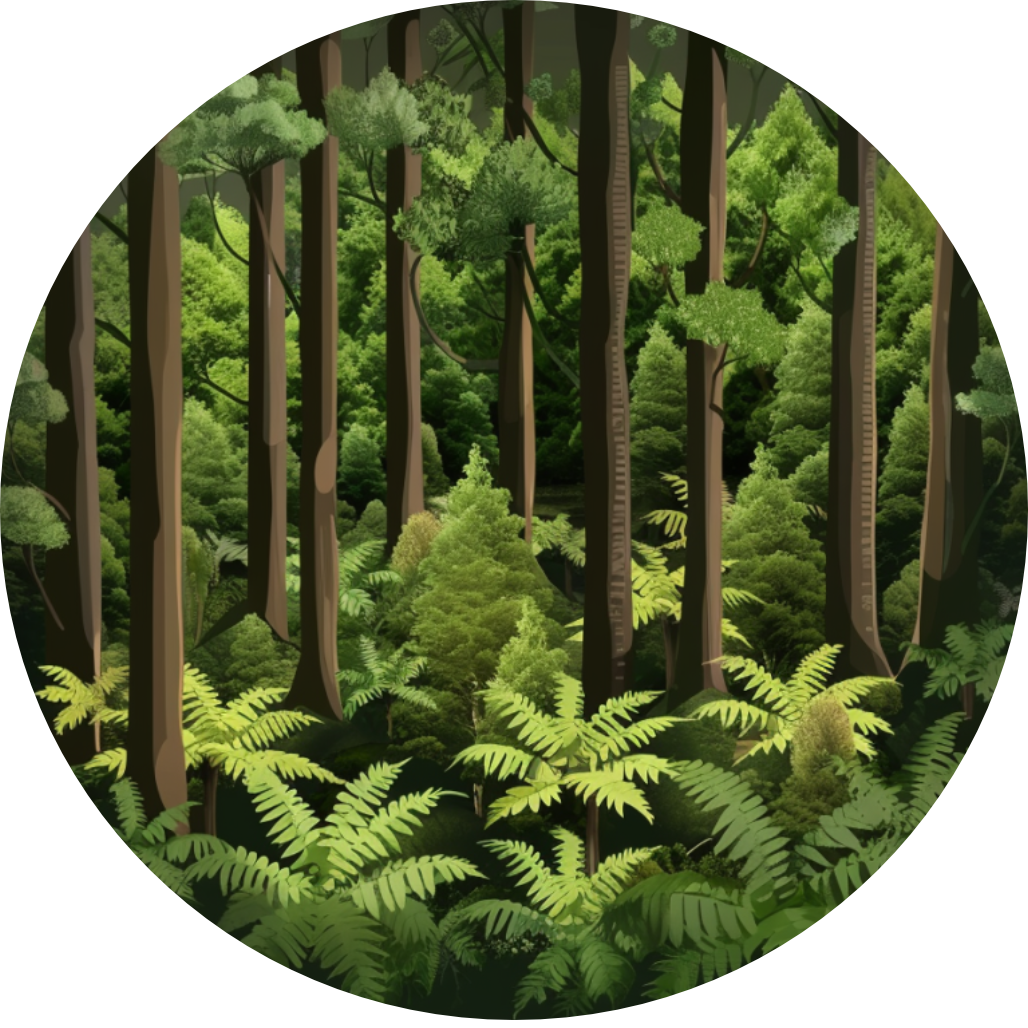
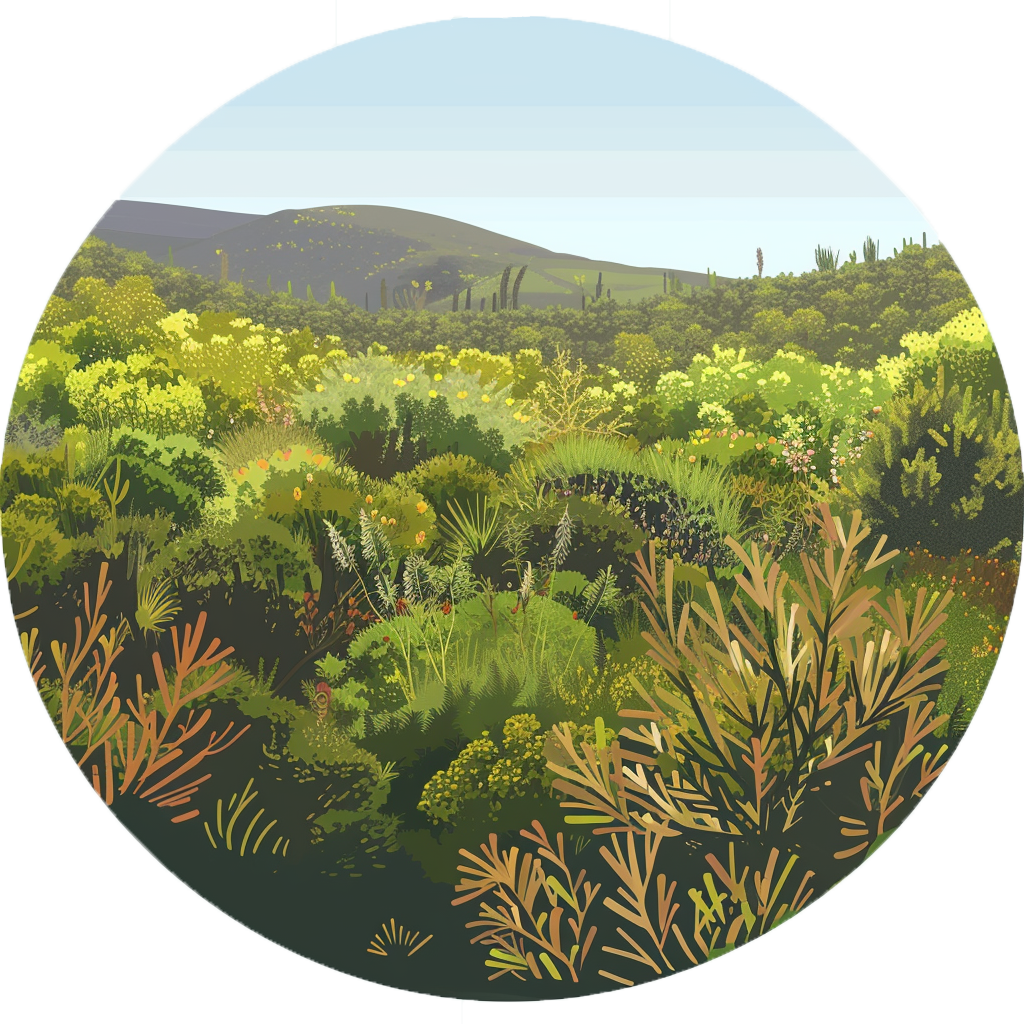
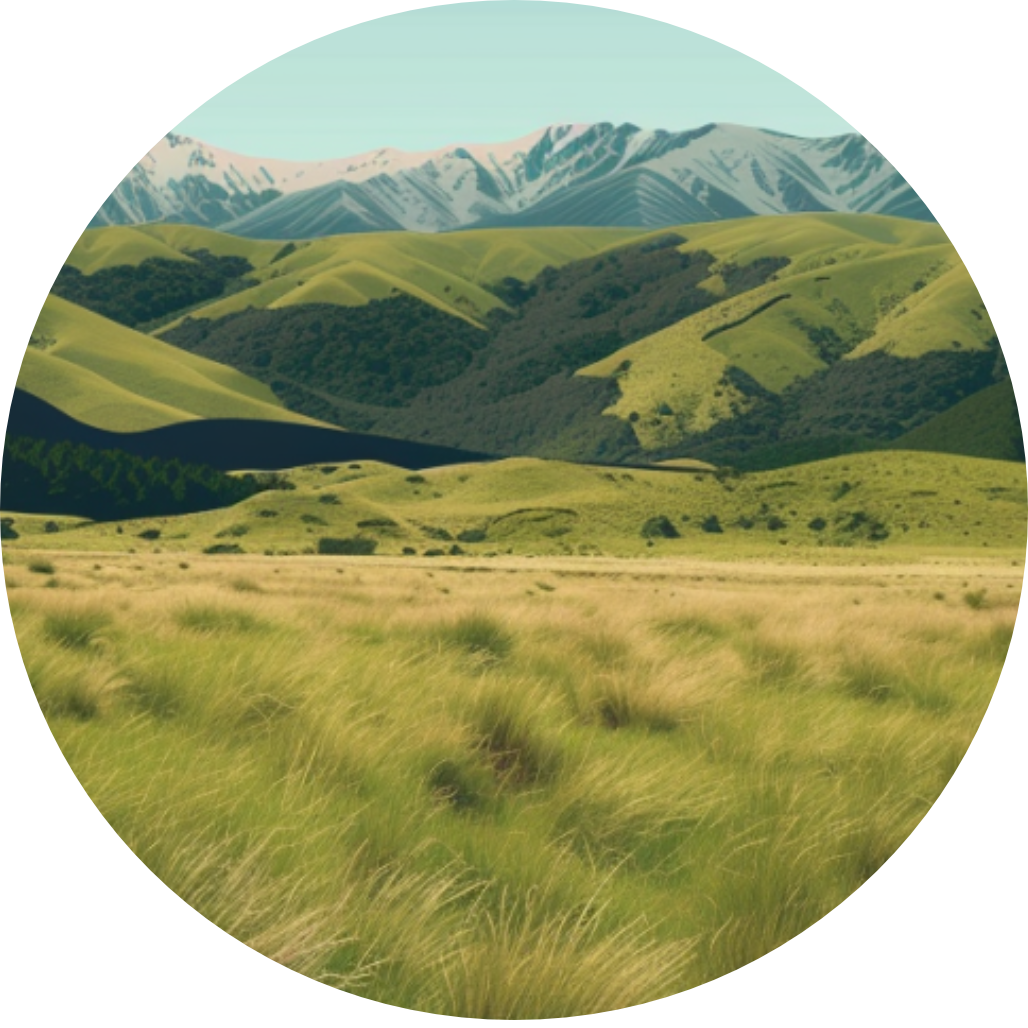
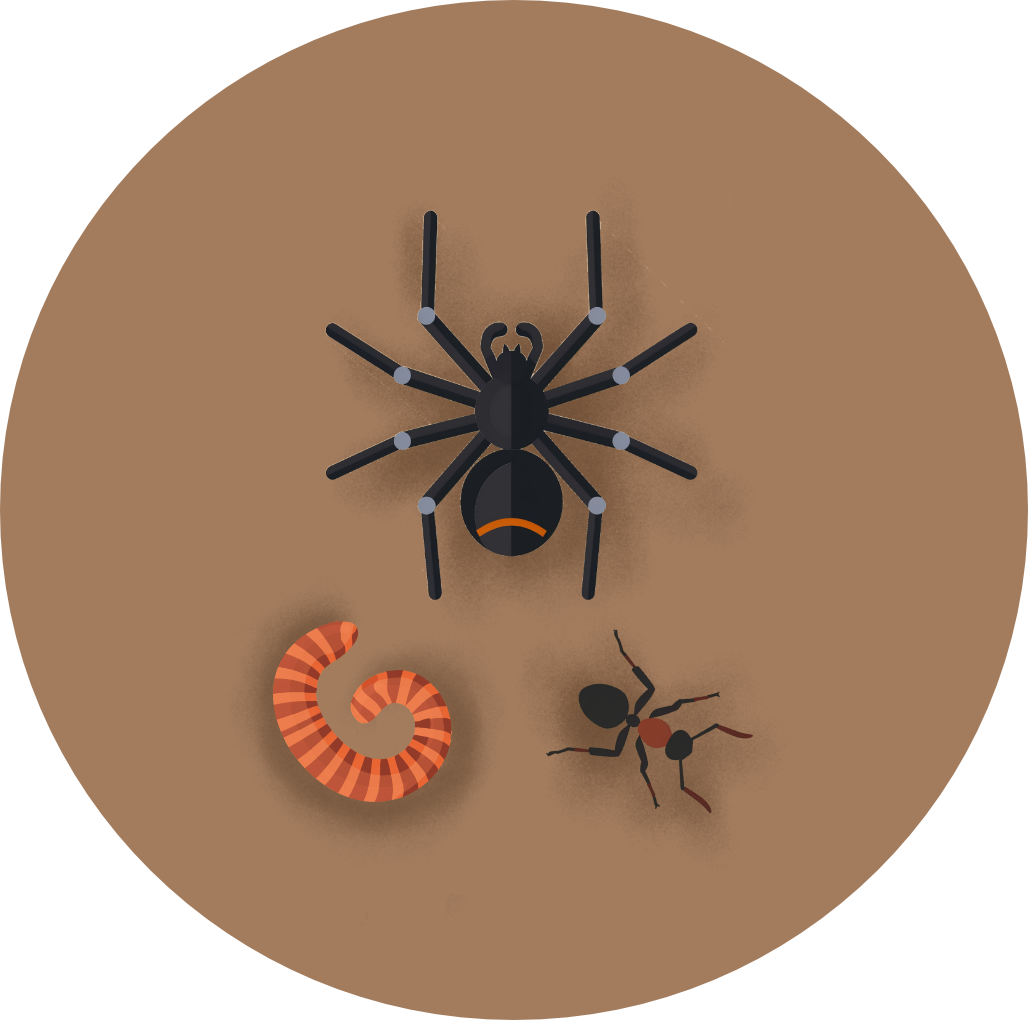
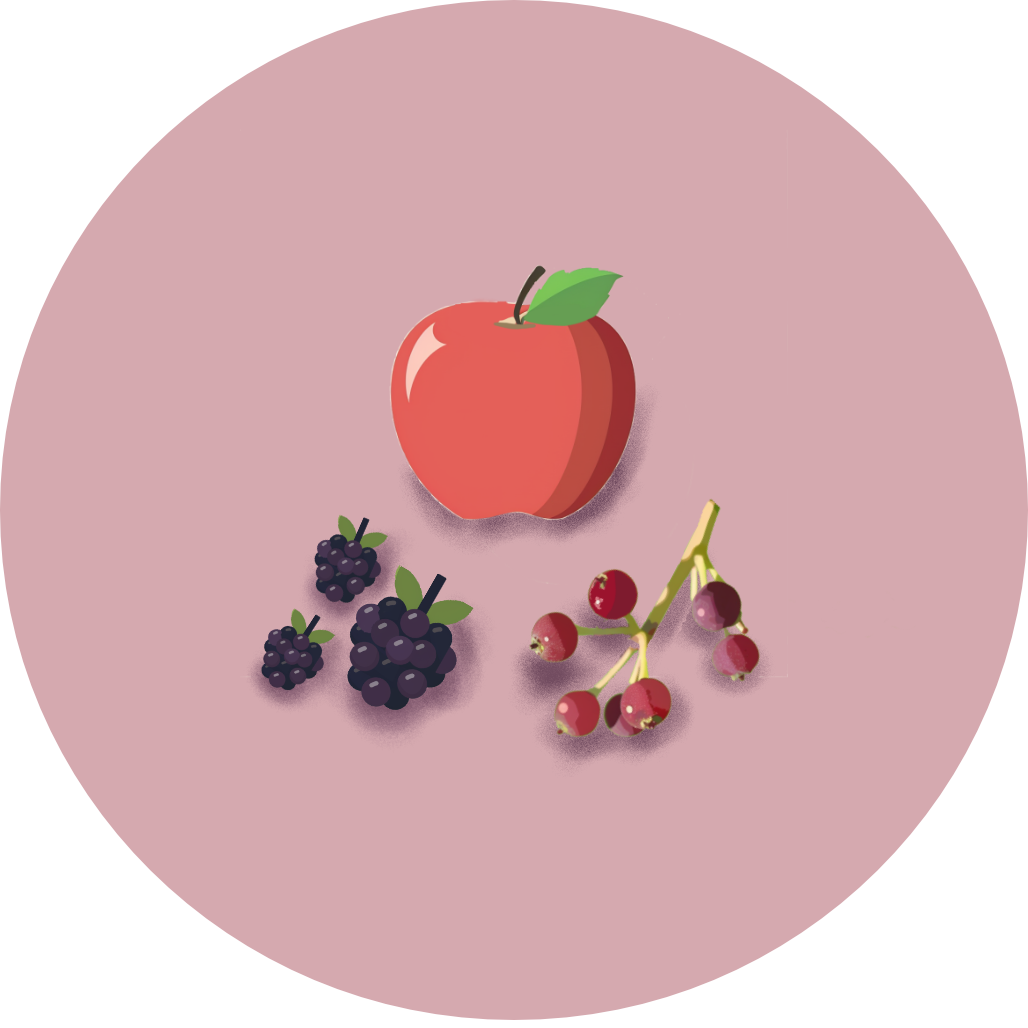
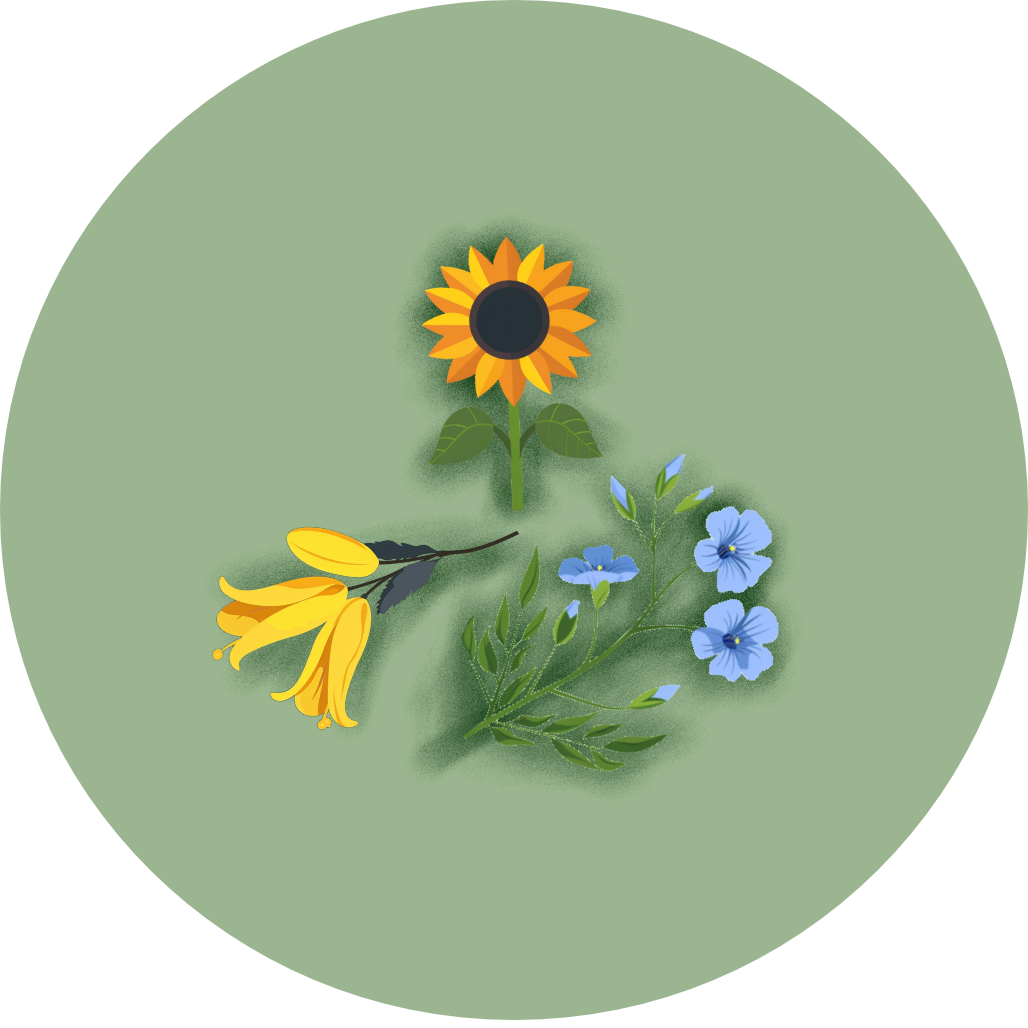
Coming Soon!
Top birding locations will be available in a future update.